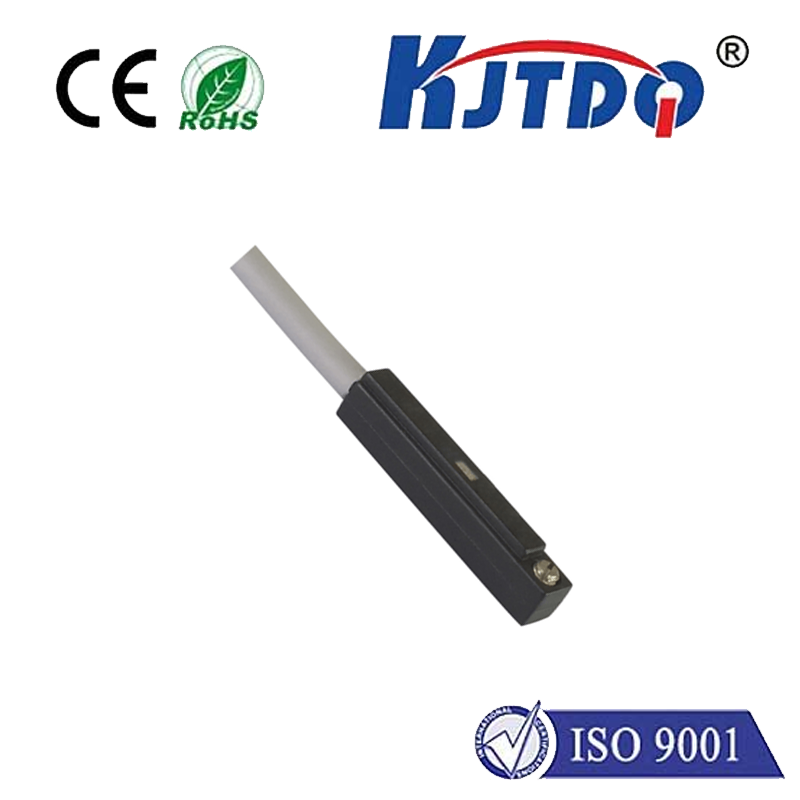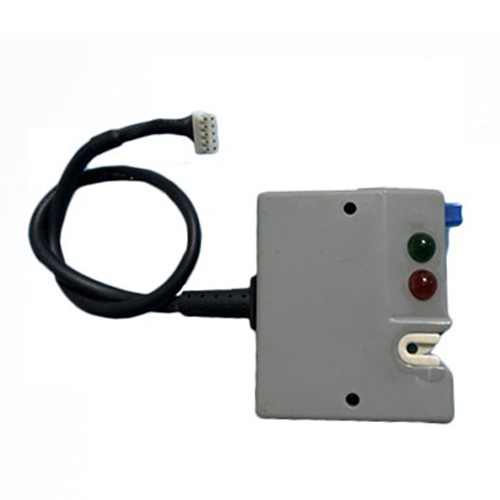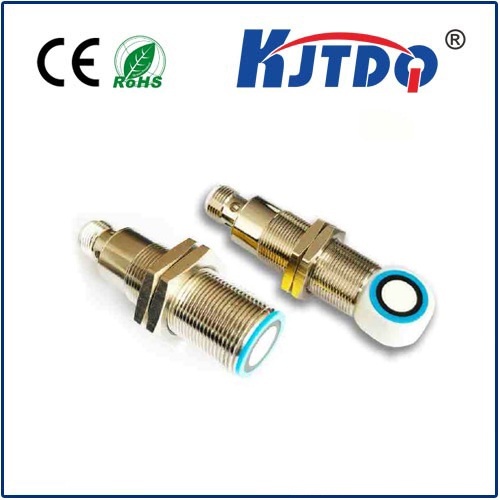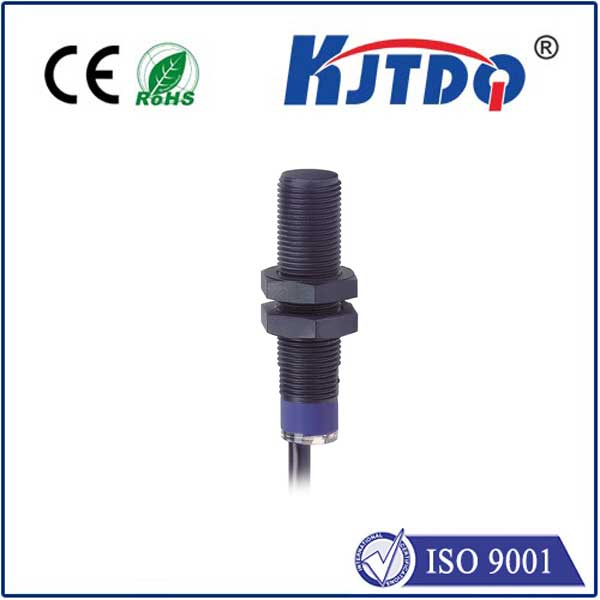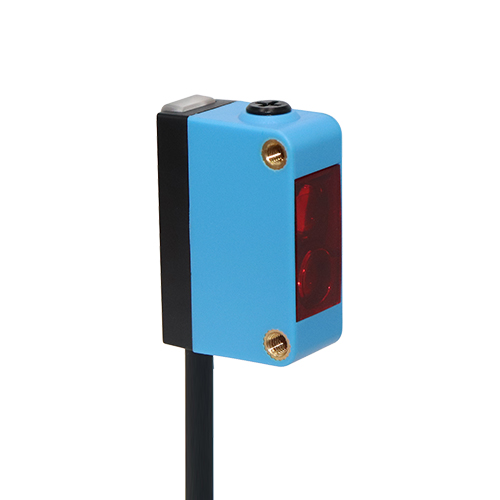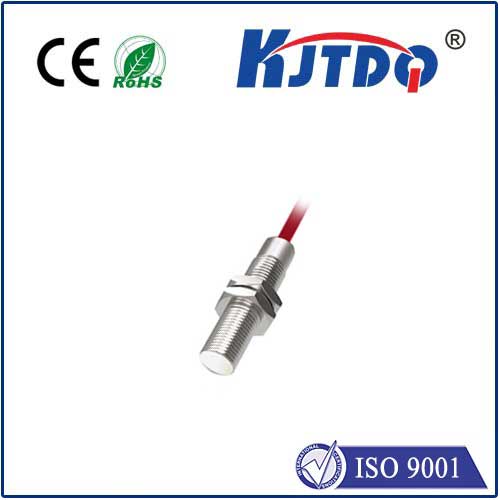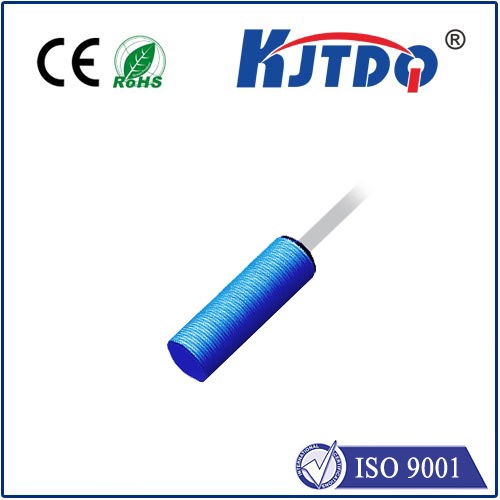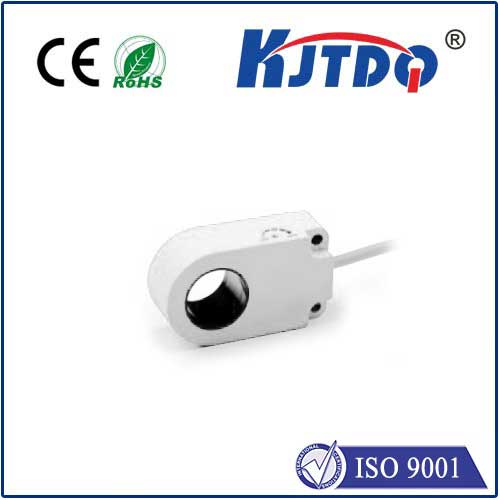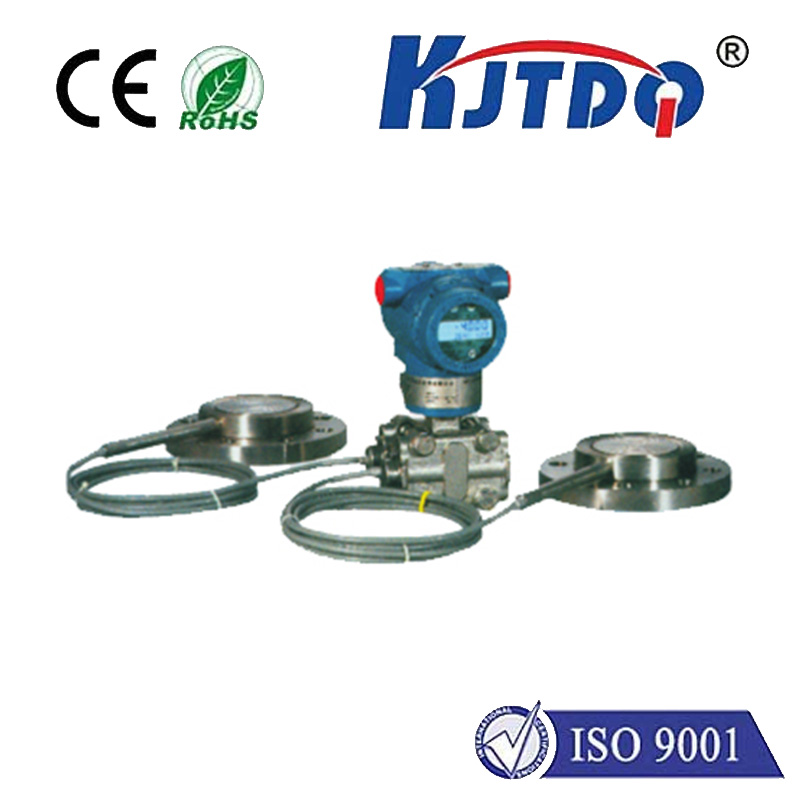photoelectric sensors for transparent material detection
- time:2025-07-26 02:33:07
- Click:0
Unlocking the Invisible: How Photoelectric Sensors Master Transparent Material Detection
Detecting the undetectable. That’s the daily challenge faced by countless industries when dealing with glass bottles, plastic films, pharmaceutical vials, sleek display panels, or delicate lenses. Transparent materials, by their very nature, pose a unique problem for traditional sensing methods. They allow light to pass through almost unimpeded, making them seemingly invisible to basic sensors. This invisibility can lead to costly production errors, packaging flaws, and inefficiencies. Enter the sophisticated world of photoelectric sensors – technology specifically engineered to conquer this challenge and bring the “invisible” into clear view.
Why Transparency is a Sensing Nightmare
The difficulty in detecting clear objects lies in the fundamental behavior of light. Standard sensors, especially diffuse-reflective types relying on light bouncing back from a target, struggle immensely. Most light passes through the transparent object, with minimal reflection occurring at the surfaces. This results in a weak or non-existent signal at the sensor’s receiver, often indistinguishable from the background or “no target” state. This unreliability is unacceptable in high-speed automation, quality control, and safety applications where the presence, position, or integrity of every single transparent item is crucial.
Photoelectric Sensors: The Light-Based Solution
Photoelectric sensors operate on the principle of emitting a light beam (typically infrared, visible red, or laser) and detecting changes in that beam. Their effectiveness for transparent materials hinges on utilizing specific optical techniques that exploit the subtle ways light interacts with these surfaces:

- Polarized Retroreflective Sensors: The Gold Standard
- How they work: These sensors emit polarized light. This light travels to a specialized retroreflective target (like a reflector tape or prismatic reflector) designed to reflect light back towards the sensor, but crucially, it rotates the polarization plane of that light.
- The Magic of Polarization: The sensor’s receiver has a polarizing filter oriented perpendicular to the emitter’s polarization. This means it blocks any directly reflected, non-polarization-rotated light (glare from non-target surfaces). It only “sees” light that has made the round trip to the correct reflector and had its polarization rotated.
- Detecting Transparency: When a transparent object interrupts the beam between the sensor and the retroreflective target, the polarized light hitting the object causes partial reflections (due to differences in refractive index). Crucially, these reflections typically do not rotate the polarization plane sufficiently. Therefore, the receiver filter blocks this light, and the sensor detects the absence of the correctly rotated signal, indicating an object is present. It distinguishes the target reflection from surface reflections on the object itself.
- Through-Beam (Opposed Mode) Sensors: Raw Power
- How they work: These consist of separate, precisely aligned emitter and receiver units. The emitter sends a beam directly to the receiver.
- Detecting Transparency: A transparent object passing through the beam causes attenuation (reduction in intensity) and refraction (bending) of the light. Even if most light passes through, the combined effect of slight refraction (deflecting light away from the receiver’s small aperture) and minor surface reflections reduces the measurable light energy reaching the receiver. High-quality through-beam sensors have sufficient sensitivity to detect this drop, signaling the object’s presence. They excel where maximum sensing distance or detecting very thin films is needed.
- Specialized Diffuse Reflective (with Background Suppression): Context Matters
- How they work: These sensors emit light and detect the reflection from the target itself. Advanced models use background suppression (BGS) – either mechanical (fixed focus) or triangulation-based – to only detect objects within a very specific, preset distance.
- Detecting Transparency (Limited): For sensing transparent objects against a controlled, contrasting background (e.g., a dark conveyor belt), basic diffuse sensors might work. However, polarized diffuse sensors offer greater reliability. They use polarized light and a perpendicular receiver filter, similar to polarized retroreflective, but look for reflections from the object itself. This helps reject confusing reflections from shiny surfaces behind or around the target.
Why Choose Photoelectric Sensors for Clear Challenges?
- High Reliability & Precision: Polarized retroreflective and through-beam configurations offer exceptional detection reliability for transparent objects, even at high speeds.
- Versatility: Capable of detecting objects with varying degrees of transparency, shape, thickness, and surface characteristics (e.g., wet, glossy).
- Non-Contact Sensing: Crucial for avoiding damage to fragile items like glass or sensitive surfaces.
- Long Sensing Ranges: Through-beam sensors offer particularly long ranges for large machinery setups.
- Fast Response Times: Essential for keeping pace with modern high-speed production lines.
Key Applications Where Seeing the Invisible Matters
- Beverage & Food Packaging: Detecting presence/absence of glass and PET bottles, jars, caps, lids; checking fill levels; monitoring container movement on conveyors. (Bottle detection is a classic challenge solved).
- Pharmaceutical: Verifying presence of vials, ampoules, syringes, blister packs; checking fill levels in transparent containers. Ensuring vial presence before capping is critical.
- Glass & Display Manufacturing: Handling glass sheets, monitoring position during cutting/washing/tempering; detecting panels on conveyors; verifying LCD/OLED display presence during assembly.
- Plastics & Film Processing: Detecting the edge of clear plastic films or webs; verifying presence of molded clear parts; splice detection in continuous film production. Film break detection prevents costly downtime.
- Electronics: Sensing presence of clear components, protective films on screens; verifying insertion of transparent connectors or covers. Protective film detection before assembly is vital.
- Printing & Converting: Register mark detection on clear substrates; verifying presence of overlays or laminates.
Choosing the Right Sensor: Critical Considerations
Selecting the optimal photoelectric sensor for a specific transparent material application involves careful evaluation:
- Material Properties: Degree of transparency, thickness, surface texture (smooth, textured, wet), refractive index.
- Required Function: Presence detection, position detection, edge detection, fill level check?
- Environmental Factors: Ambient light conditions (sunlight, room lights), dirt/dust, temperature, humidity, potential for splashing liquids.
- Mounting Constraints: Available space for emitter/receiver? Object access? Need for side mounting? (Through-beam requires alignment access at both sides).
- Object Size & Speed: Small objects or fast-moving lines demand high precision and fast response.
- Background: What is behind or underneath the object? Is it consistent? Can it be controlled? (Crucial for diffuse modes).
Polarized retroreflective sensors often represent the best compromise of reliability, ease of installation (only one wiring point compared to through-beam), and robust performance against challenging backgrounds for medium-range transparent object detection. Through-beam offers maximum range and precision for demanding applications.
The Future: Enhanced Capabilities
Sensor technology continues to evolve. Advanced photoelectric sensors now incorporate features like laser light sources for pinpoint accuracy on tiny objects, analog outputs for precise edge or fill level detection, IO-Link communication for smart diagnostics and parameter setting, and improved resistance to harsh environmental conditions.
Mastering the “Invisible” with Light
The challenge of detecting transparent materials is no longer insurmountable. Through sophisticated optical principles, particularly the clever use of polarized light and specialized configurations like polarized retroreflective, photoelectric sensors deliver the consistent, reliable detection demanded by modern automated processes. Whether it’s ensuring every bottle is filled and capped, every vial is present for labeling, or every glass panel moves safely down the line, these sensors make the invisible visible, driving efficiency, quality, and safety across a multitude of critical industries. Seeing clear is no longer just vision – it’s advanced sensing technology.












